During the pandemic, I found a Canon Rebel T7 that my father had won through a miles program and never took it out of the box, and I started photographing to kill time. Naturally, I went towards indoor and portraits since I couldn’t go out during that time.
The pandemic went by and I started to like this photography-thing, I would travel and try to take the T7 with me, but the size of it was hard to fit in my backpack. Eventually I started to become more interested in street photography and less interested in portraits, but living in Brazil, it wasn’t a good idea to just go out with a huge DSLR around the neck, it would draw too much attention. I’d rather go out with a Leica Q3 even though it is more expensive, to the “untrained eye” it looks way cheaper and less professional than a DSLR with huge lens attached to it.
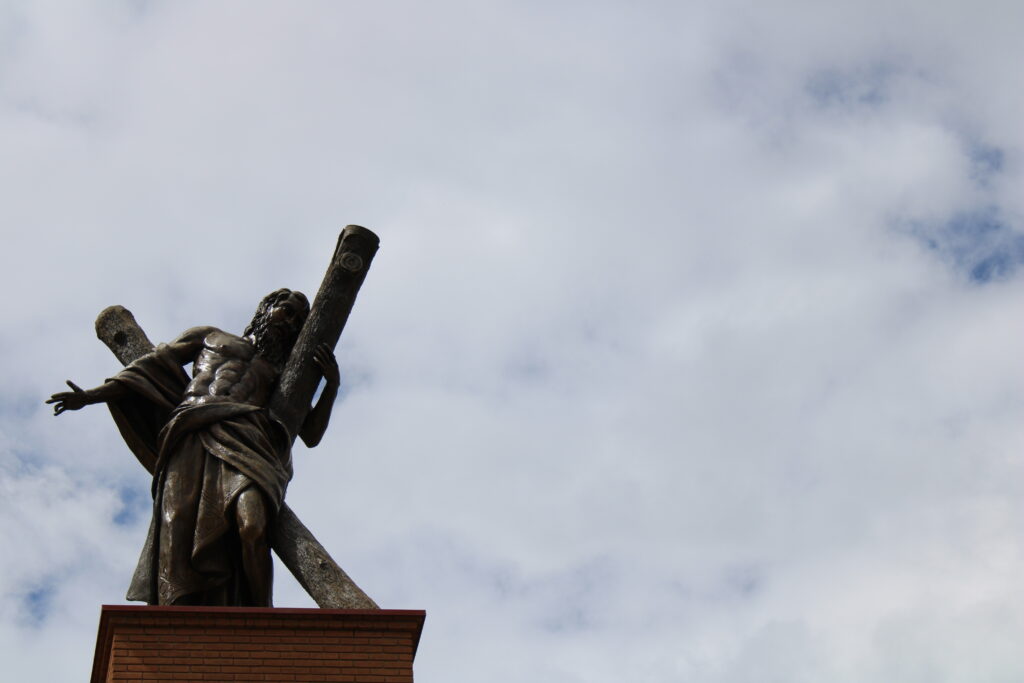
With that in mind, I grabbed a Lumix DMC-LX7, a small digital camera to encourage me to do street photograp
hy. Its small factor certainly helped me to take more photos while outside since it would fit in my pocket and I could just take it out, shoot and put it back, without drawing too much attention, but I was missing that feeling of holding the weight of the camera, manual focusing and specially looking through the viewfinder. Eventually it became just extra weight in my everyday bag because I didn’t felt enough joy using it.
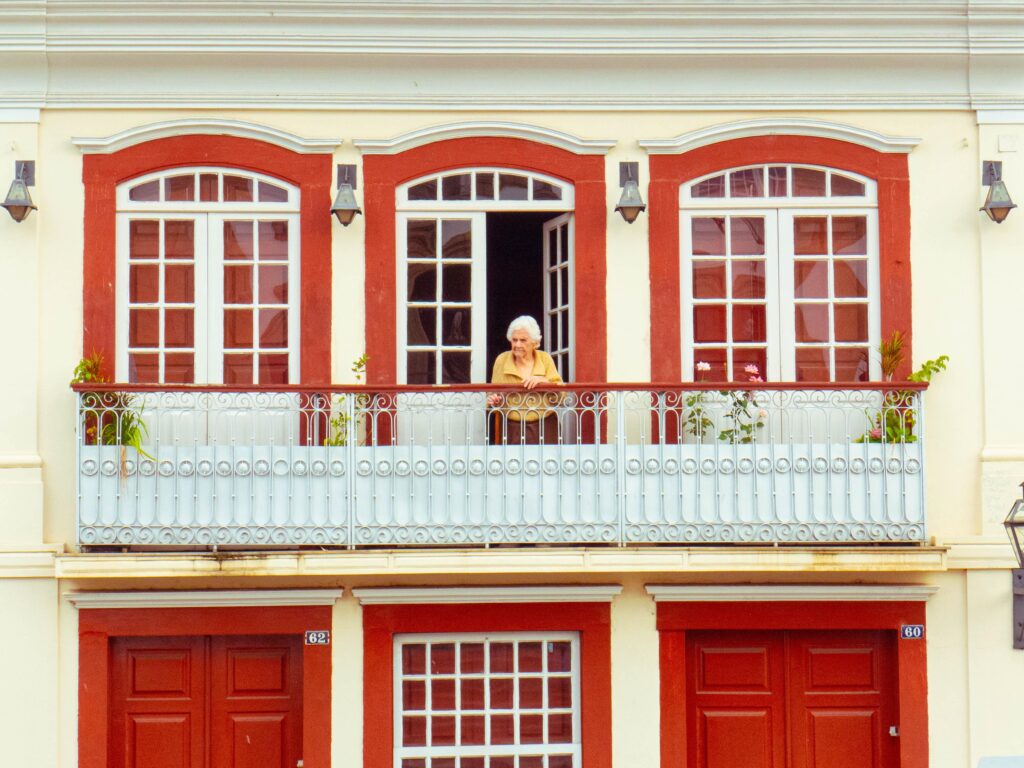
A couple months went by and a friend of mine who lived in another state scheduled a trip to a city next to mine, so we planned a photo walk together. Him being a analog photographer, I started asking the questions that everybody hears when photographing analog
- What if you mess the photo up, how do you know?
- Doesn’t it bother you that you have to wait a couple weeks to see the photo?
- What if you run out of film?
and after a small conversation, he got me. A week or so went by and I found a good deal of a Nikon FM2, ordered a couple rolls of Kodak ColorPlus, learned the Sunny16 rule and was ready for our, now, analog photo walk.
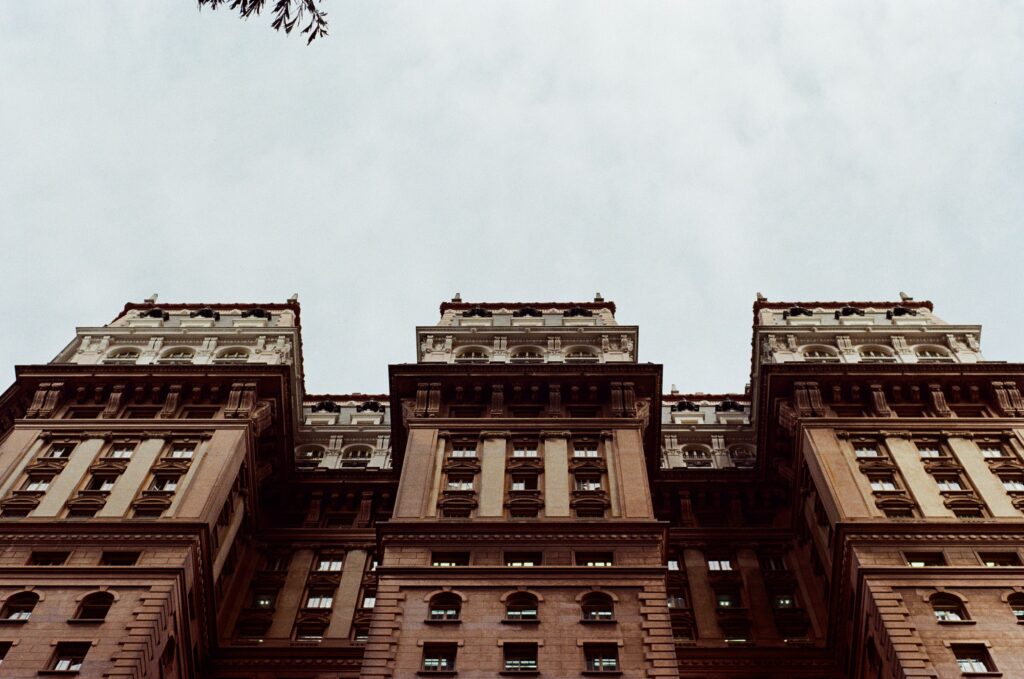
We visited multiple locations of São Paulo and for me, the FM2 with a pancake lens was the perfect size, I would put it inside a sling bag, it didn’t draw too much attention while around the neck, except for some friendly old people that would approach me to ask a few questions, talk about how they hadn’t seen a camera like that in a long time and how surprised they were that two young guys were using cameras twice their age, also, having to manual focus and looking through the viewfinder was exactly what I was missing while using my Lumix and the feeling and sound of the shutter, it was amazing. The day went by without me even noticing, I was so focused in shooting I would only notice the time passing when I had to change my settings because the sun started to set. At the end of the day, I was so thrilled, I wanted to keep shooting film, it was just when I realized I couldn’t shoot keep shooting because I had ran out of film, so I ran to send the film to the closest lab.
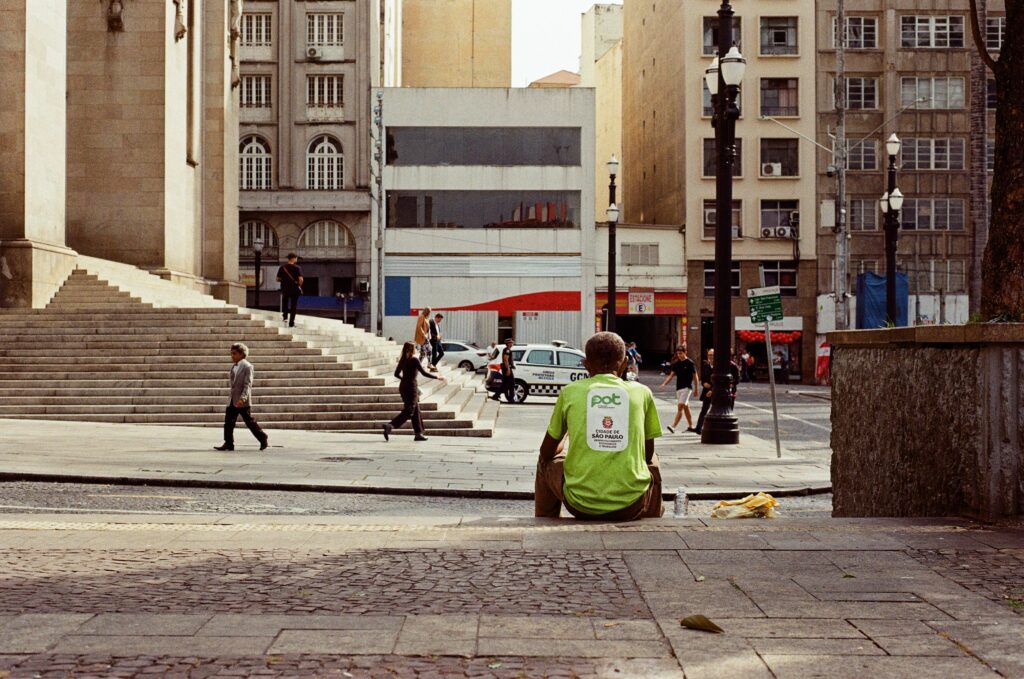
As I got home, I put my FM2 by my other cameras and I started reflecting on how it wasn’t the best camera for me in any way. It isn’t the smallest, it doesn’t have auto focus, it doesn’t have a lot of megapixels or an insane sensor and what’s crazier, I CAN’T SEE IF THE PHOTO LOOKS GOOD, still it was the camera that I got the most joy out of.
Why? Because I could enjoy shooting. I wasn’t worried about drawing too much attention or bothered by carrying a huge bag throughout the city, I could feel the process of mixing the settings to balance my shot and enjoy the entire process of shooting, all I had to do was pull the lever to unlock the shutter. Maybe it was the joy of the FM2 that overwhelmed all my insecurities and worries about shooting in the street, nonetheless I was going out to shoot more than I ever had.
In the end, the perfect camera for each one of us is the camera that brings the most enjoyment to photography, it can be a Leica or a Trip 35, doesn’t matter, you just need to be comfortable with it. Had I took that trip with my Canon or my Lumix I wouldn’t feel comfortable to take my time during every shot, to compose it, figure out the exposure and wait for a subject to enter the frame to finally shoot it.
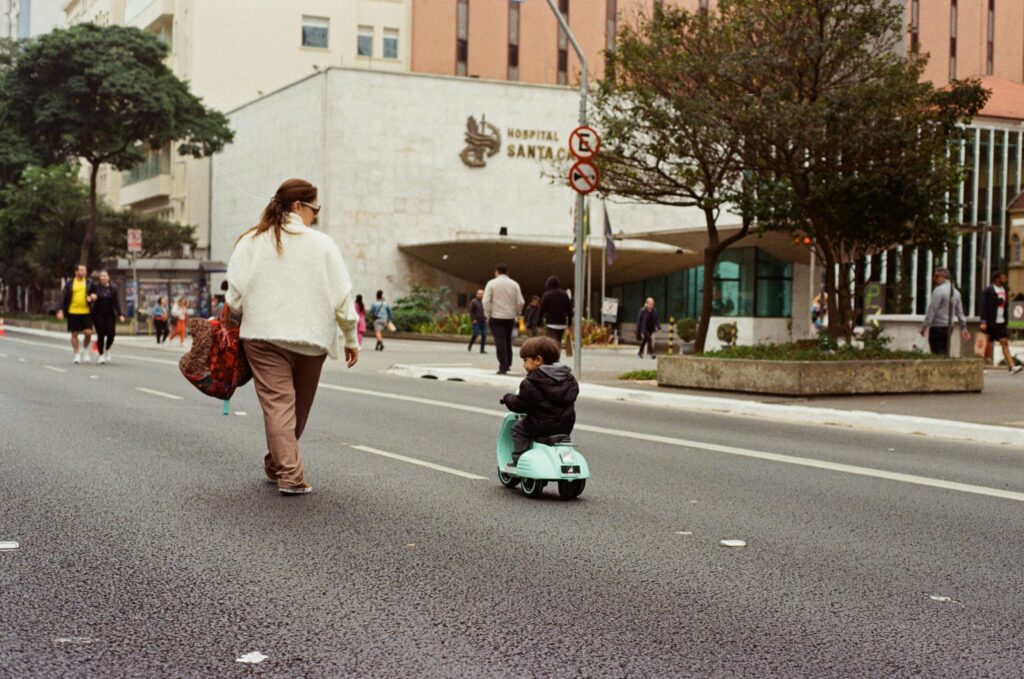
Maybe there are others perfect cameras out there that will bring me as much joy, but I’m glad I was able to find one of them
Share this post:
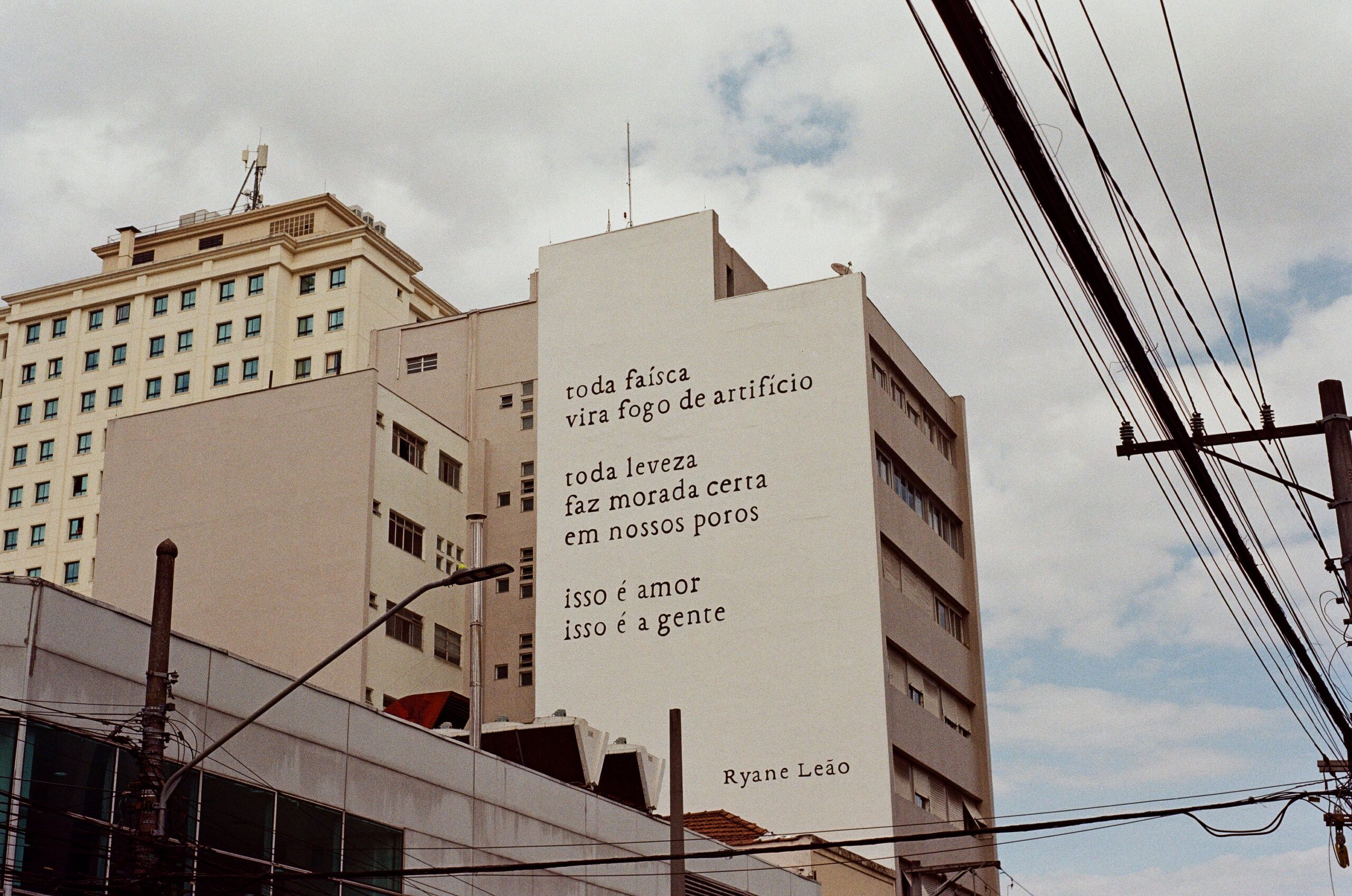
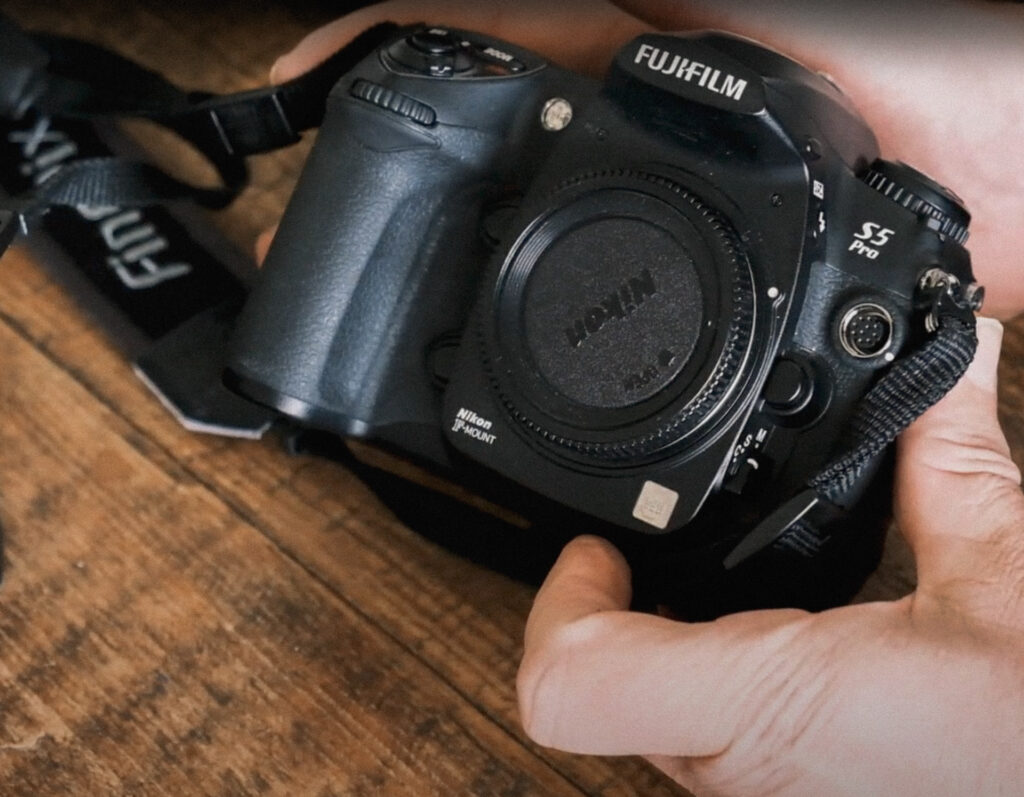
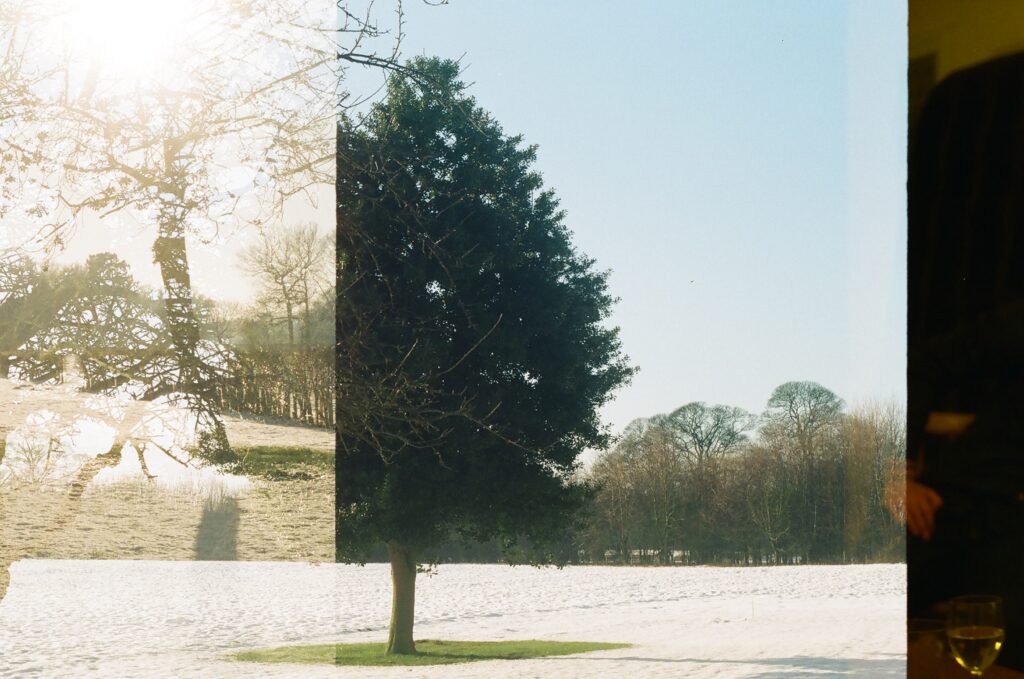
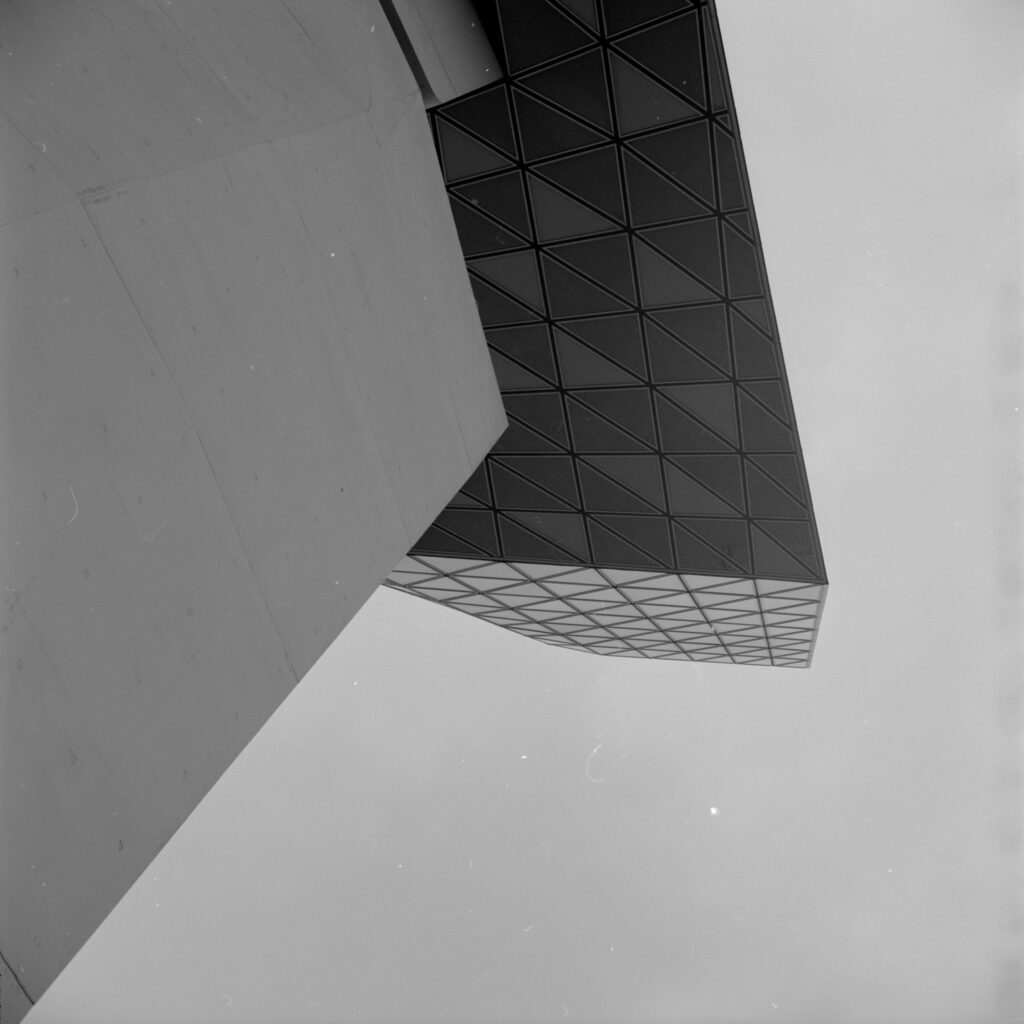





Comments
Marcello Stoppini on What does a perfect camera need?
Comment posted: 29/10/2024
Dan M on What does a perfect camera need?
Comment posted: 29/10/2024
Gary Smith on What does a perfect camera need?
Comment posted: 29/10/2024
Tony Warren on What does a perfect camera need?
Comment posted: 30/10/2024